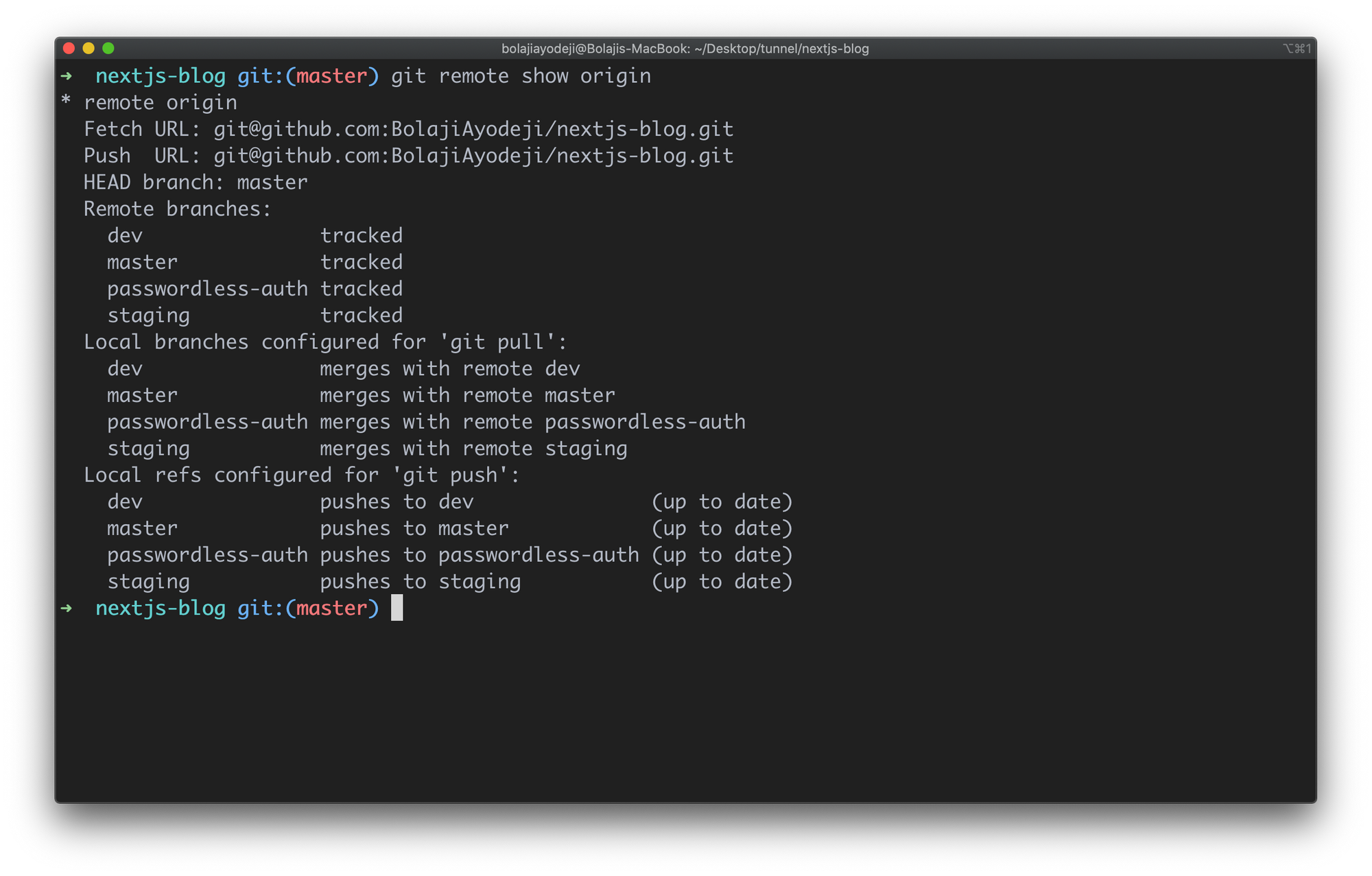

Git wants to make sure that that is what you are intending, so it gives you a "free space" of sorts to experiment-as described by the output: You are in 'detached HEAD' state. The result of checking out a specific commit puts you in a "detached HEAD state."įrom the documentation: means simply that HEAD refers to a specific commit, as opposed to referring to a named branchīasically, the HEAD (one of Git's internal pointers that tracks where you are in the Git history) has diverted from the known branches, and so changes from this point would form a new pathway in the Git history. Note: You generally only need to use the first few characters of the SHA-as the first four or five characters of the string are most likely unique across the project. Turn off this advice by setting config variable tachedHead to false If you want to create a new branch to retain commits you create, you mayĭo so (now or later) by using -c with the switch command. State without impacting any branches by switching back to a branch. You can look around, make experimentalĬhanges and commit them, and you can discard any commits you make in this To checkout a specific commit, you just need to pass the commit's SHA as the parameter to git checkout: (my-feature)$ git checkout 035a128d2e66eb9fe3032036b3415e60c728f692 A SHA is a unique identifier that is generated for each commit. On the first line of each commit after the word commit is a long string of characters and numbers: 94ab1fe28727. The -D option is a shortcut for -delete -force, which deletes the branch irrespective of its merged status.One way to find the SHA of a commit is to view the Git log.

NOTE: The -d option only deletes the branch if it has already been merged.To delete a local branch, run either of these commands:.git push origin -delete my-branch-name.To delete a remote branch, run this command:.Refer to Handling Merge Conflicts (the next exercise) to learn what to do. NOTE: When you merge, there may be a conflict.Now you can merge another branch into the current branch.NOTE: Replace master with another branch name as needed.If you're not already on the desired branch, run this command: First, you must check out the branch that you want to merge another branch into (changes will be merged into this branch).You'll want to make sure your working tree is clean and see what branch you're on.If your local branch already exists on the remote, run this command:.This saves you from having to type out the exact name of the branch! NOTE: HEAD is a reference to the top of the current branch, so it's an easy way to push to a branch of the same name on the remote. If your local branch does not exist on the remote, run either of these commands:.git checkout -track origin/my-branch-name.Run this command to switch to the branch:.To get a list of all branches from the remote, run this command:.

Switch to a Branch That Came From a Remote Repo
#Git checkout file from another branch code
Git lets you branch out from the original code base.


 0 kommentar(er)
0 kommentar(er)
